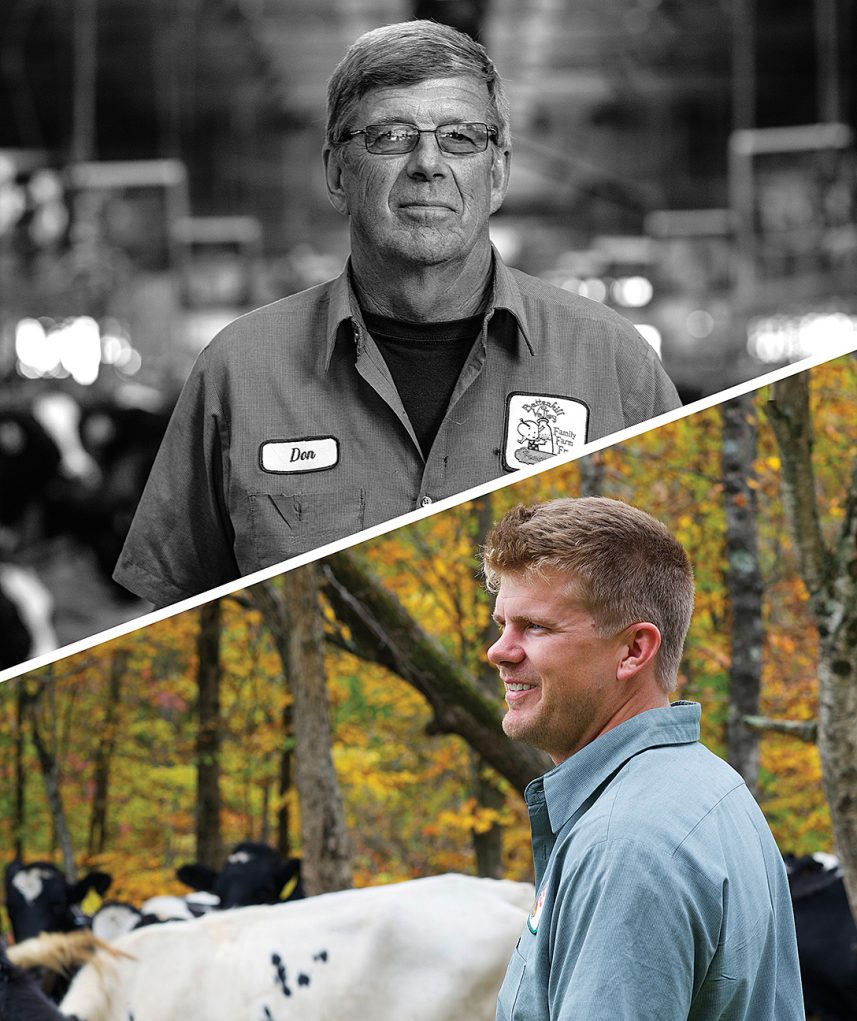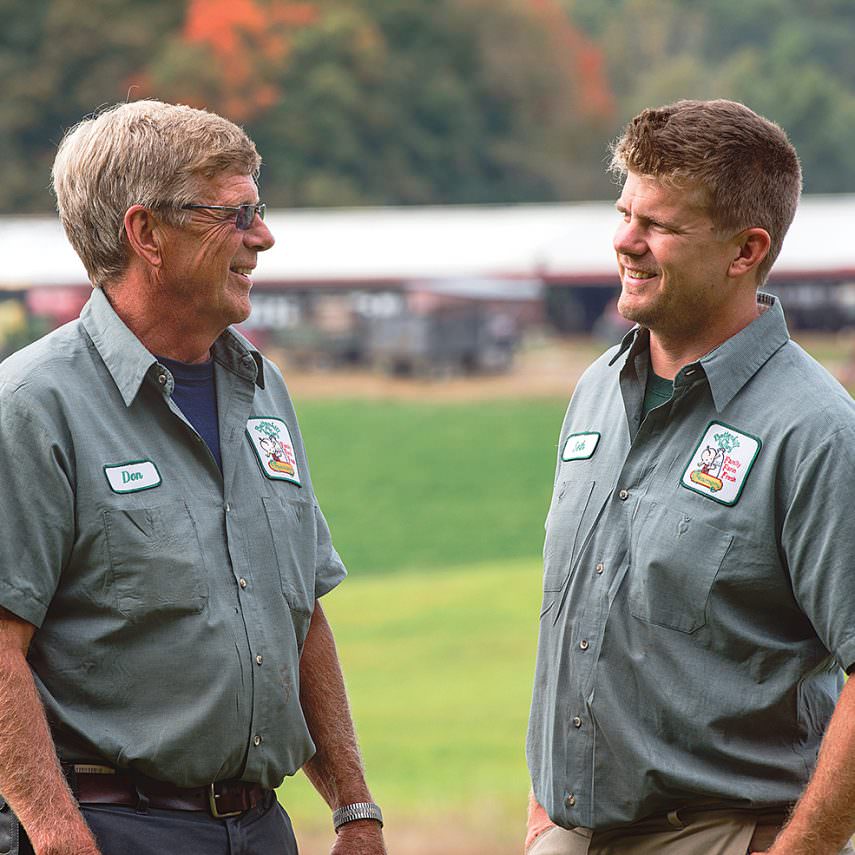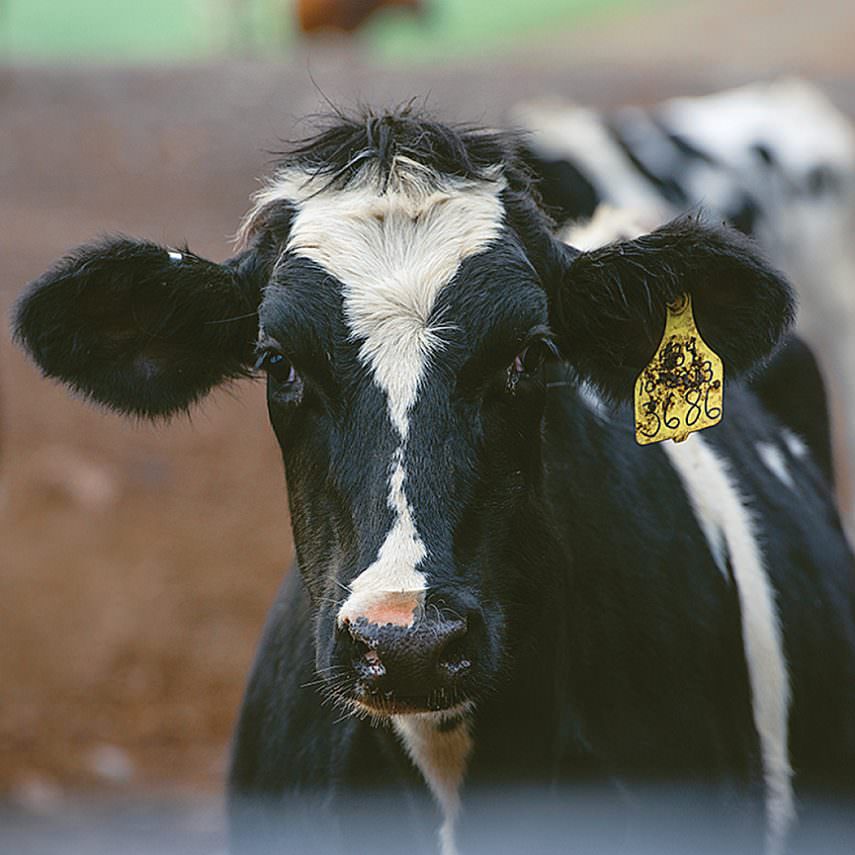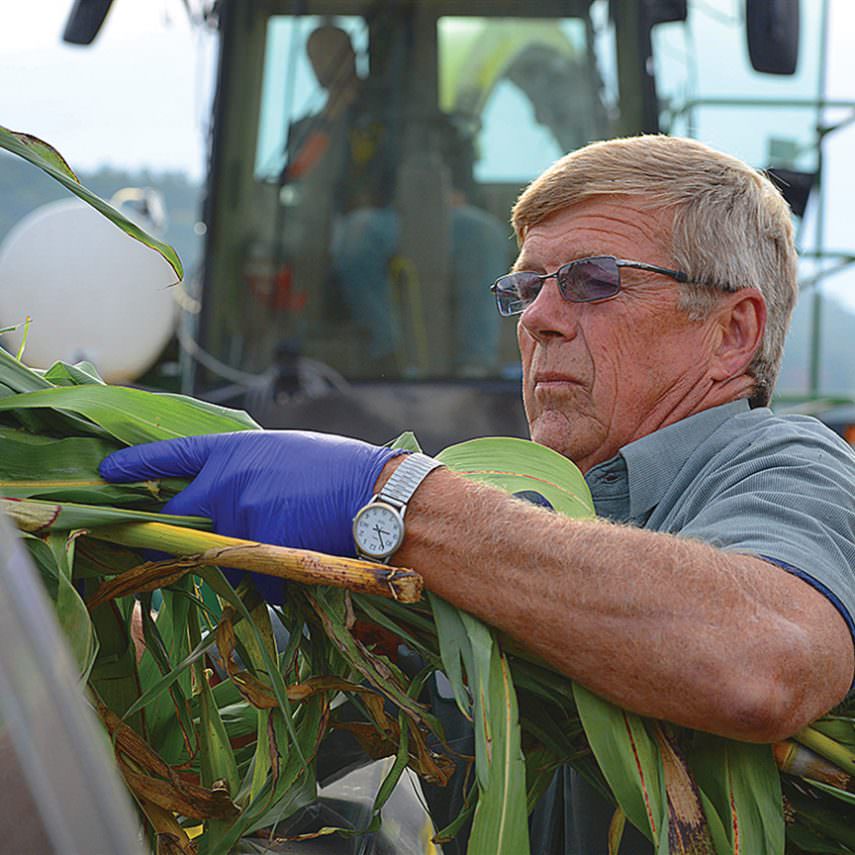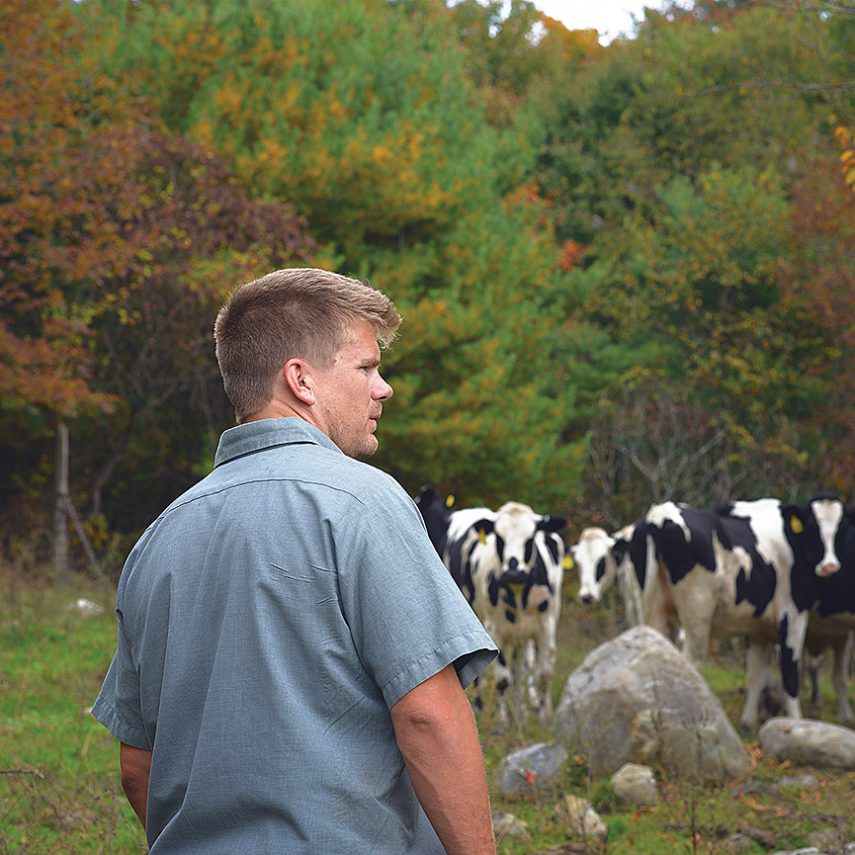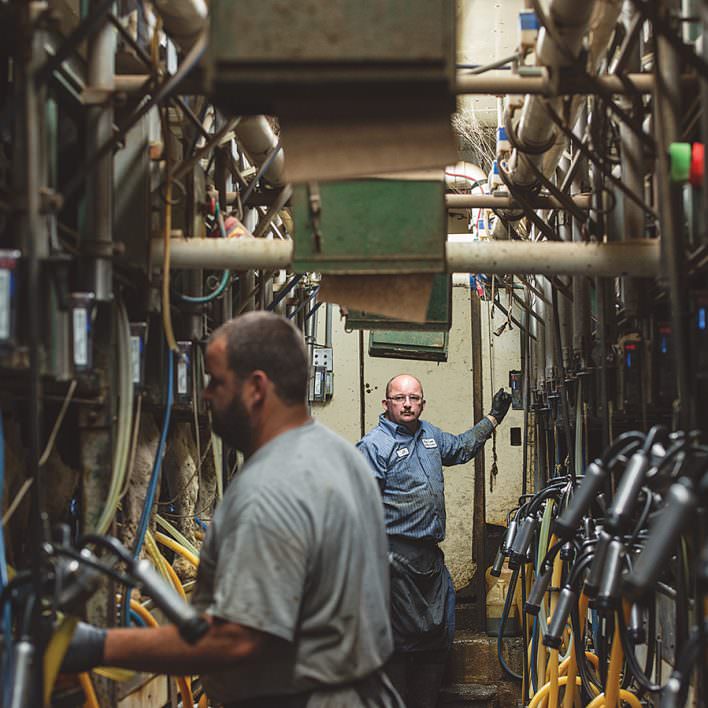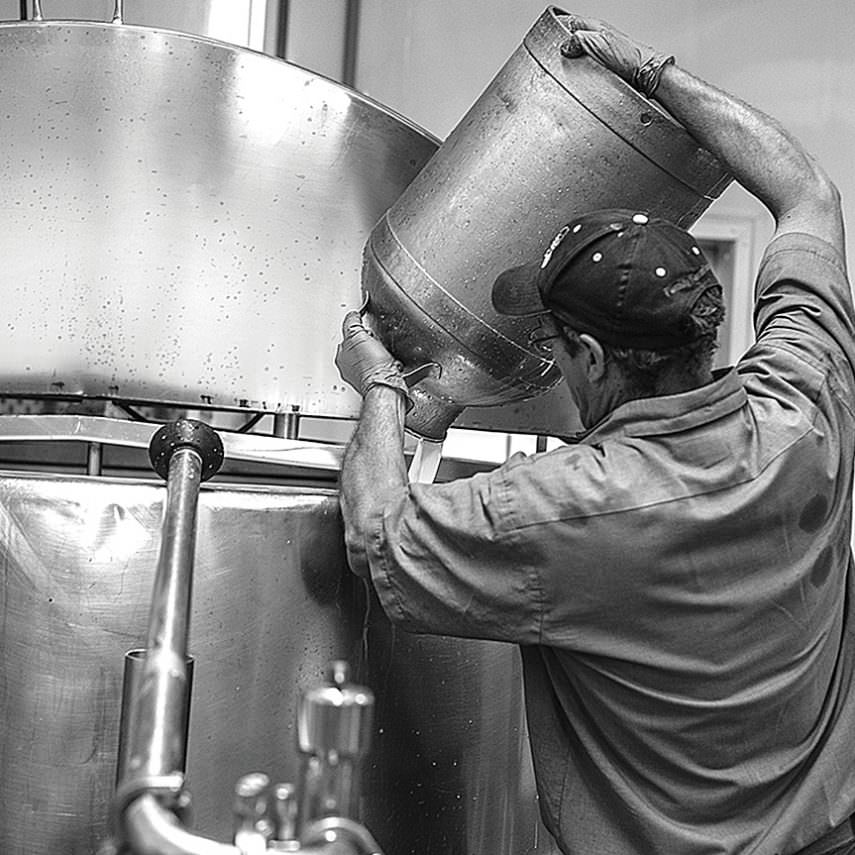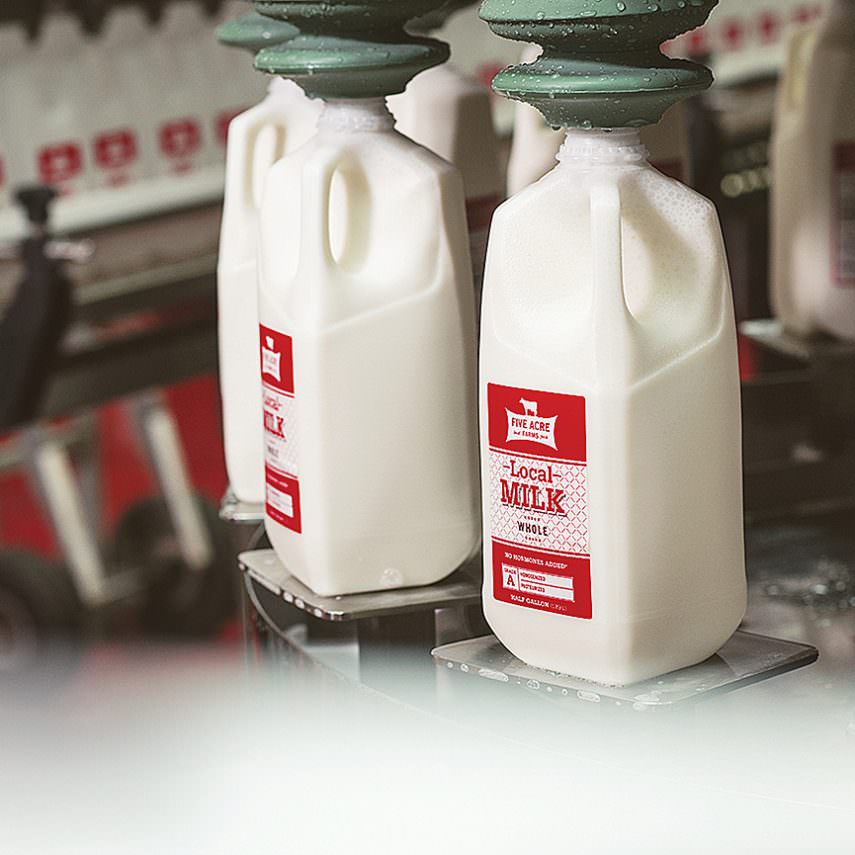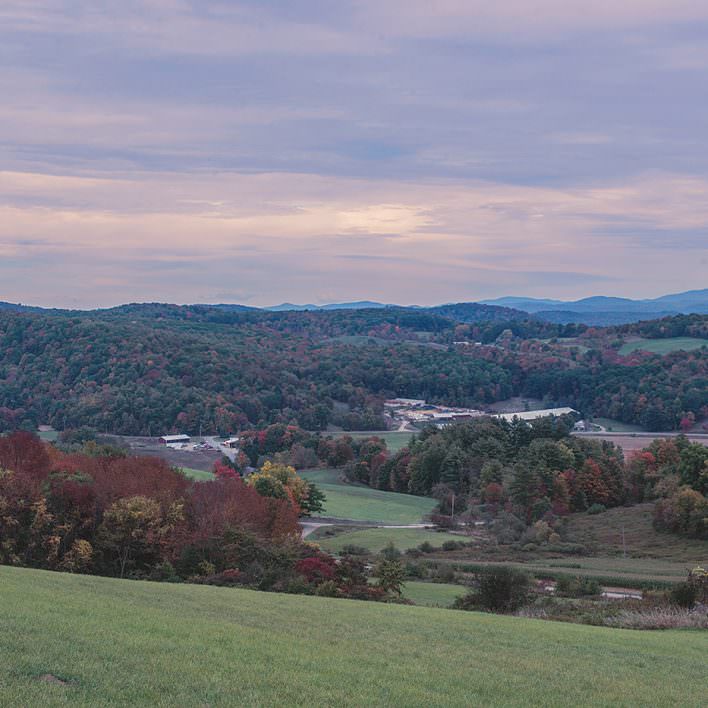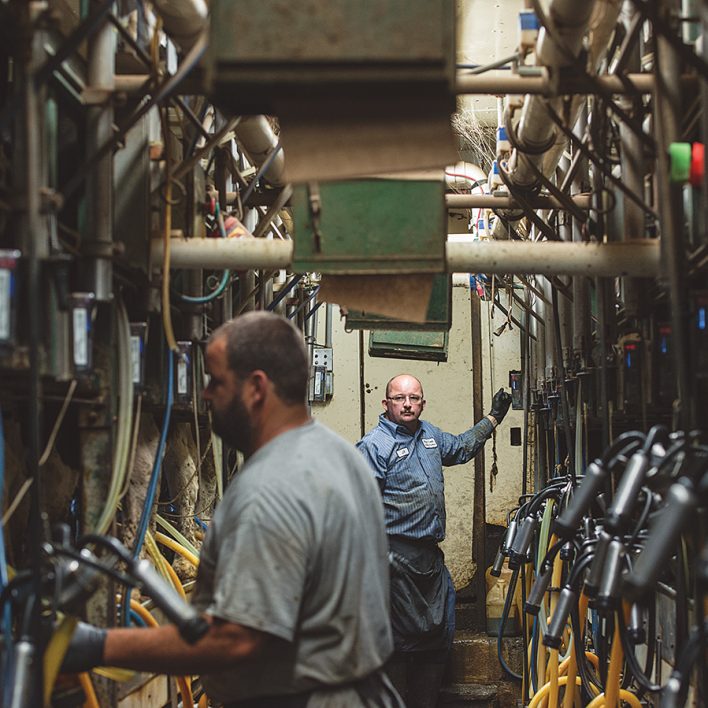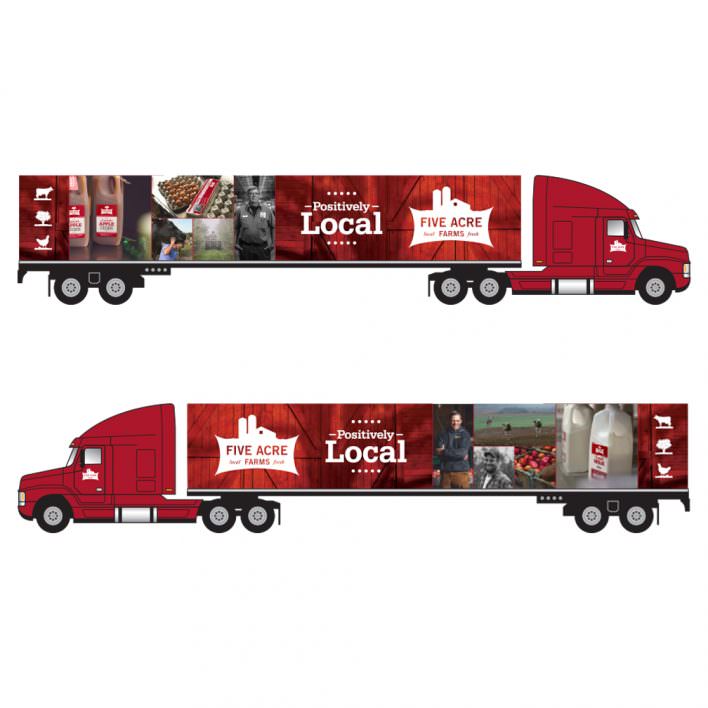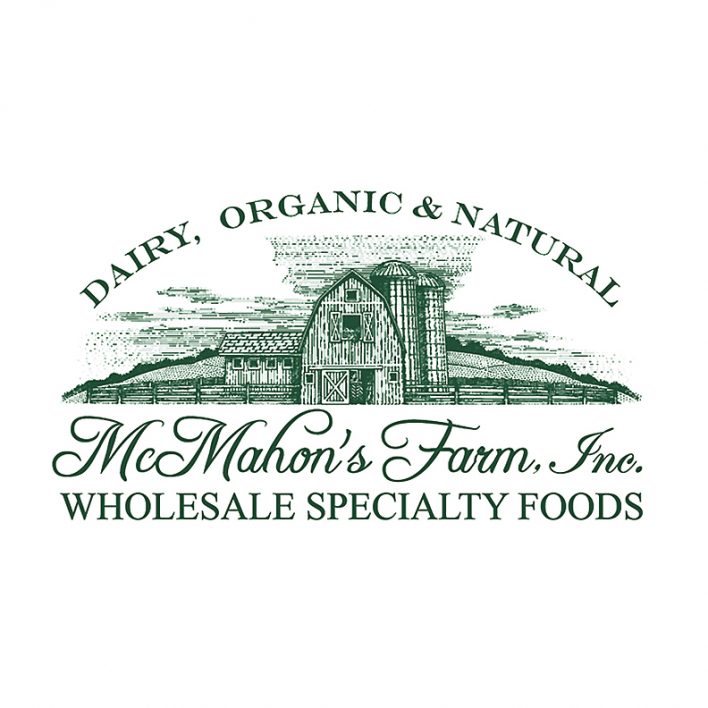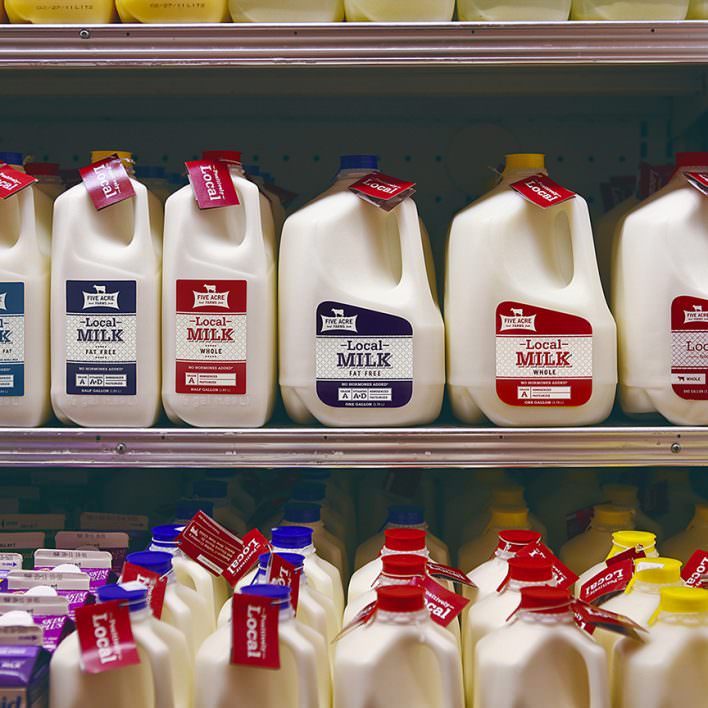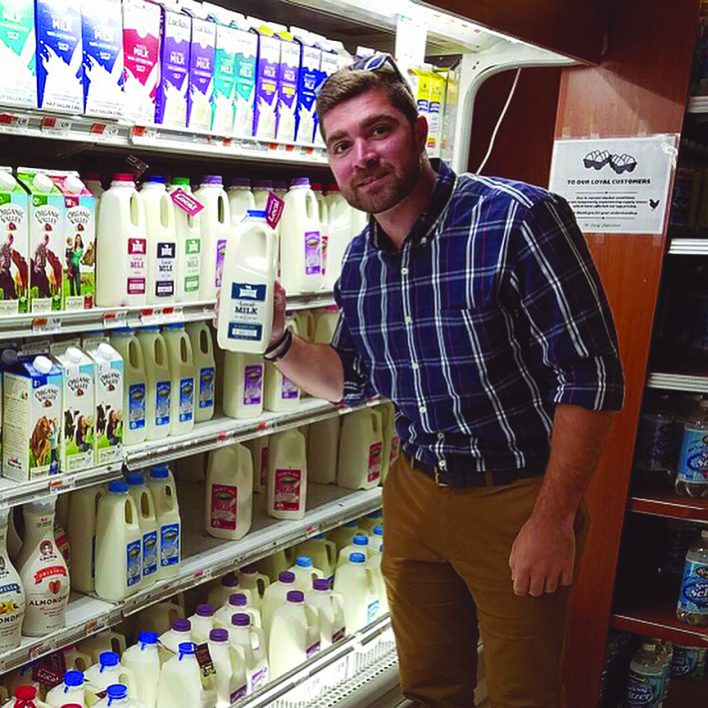Watch this buttermilk review video
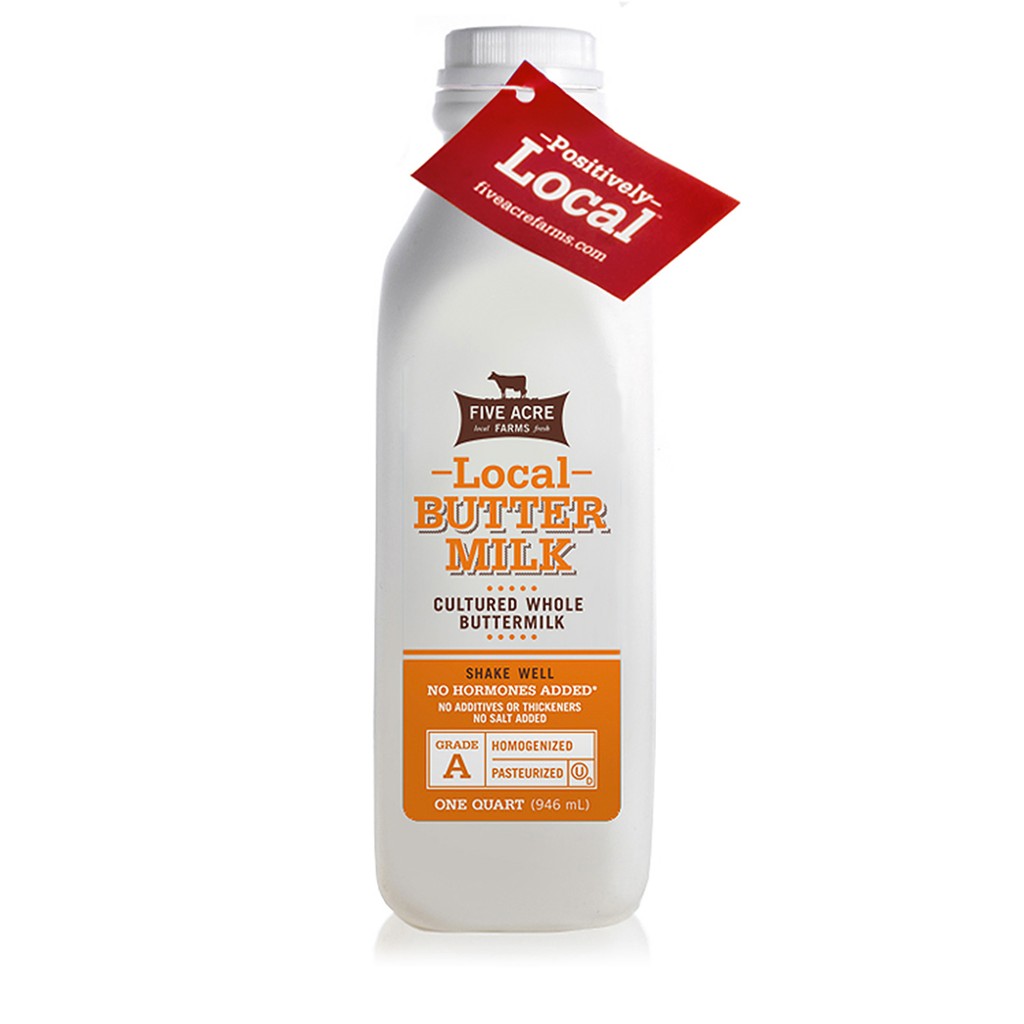
Buttermilk
What’s buttermilk’s backstory?
- Buttermilk has been around for thousands of years and was once considered a cure for all ills.
- Traditional buttermilk comes from the thin, acidic liquid left over after churning butter from cream.
- Cultured buttermilk is what we find in supermarkets today. It’s typically made from adding active cultures to pasteurized nonfat or low-fat milk. We make ours from whole milk.
Country-specific notes:
- In Poland, buttermilk is a very popular and refreshing drink.
- In Ireland, buttermilk is sold in every village shop because it’s an essential ingredient for making soda bread.
- In the 19th century, Irish farmers considered buttermilk the best drink for energy, to quench a thirst and to cure a hangover. Young girls washed their faces in it to improve their complexions, and their mothers and grandmothers used it to make bread.
- Bulgarian buttermilk is a version of cultured buttermilk in which the cream cultures are supplemented or replaced by yogurt cultures and fermented at higher temperatures for higher acidity. It can be more tart and thicker than cultured buttermilk.
How do you make your buttermilk?
- We start with fresh and creamy local whole milk, distinctive for its 3-4% butterfat content.
- We then add four live, active cultures.
- Once the cultures are added, it’s heated for a number of hours to reach the right pH level.
- The active cultures break down the lactose sugars in the milk to produce lactic acid; this makes the milk more acidic and gives the buttermilk its characteristic thick consistency and tart flavor.
- After the buttermilk is bottled, it needs to sit for another 24 hours so it doesn’t “break,” meaning separate and lose its thickness.
Further background on our process:
- We can’t use our buttermilk or yogurts as “mother” cultures to create other buttermilk or yogurts from milk because that’s not permitted in our Grade A dairy plant.
- All of our cultures come from certified culture suppliers.
What makes good buttermilk?
- To me, the best buttermilk is rich, light and tart, drinkable but tangy with a smooth texture.
- The whole milk we use to make our buttermilk, with a higher fat content than standard milk, adds complexity and gives it a hint of sweetness in the background that keeps it from tasting too sour.
How does buttermilk affect a recipe when baking? What are the characteristics of buttermilk that make it great for baking? How does buttermilk enhance a baking recipe?
Can you always replace milk with buttermilk? How does the replacement ratio work?
- Buttermilk is an excellent partner for baking soda and baking powder because its acid boosts the action of these leavening agents.
- Buttermilk makes fluffy pancakes, scones, and biscuits. It makes more tender cakes because it softens the gluten in the flour.
- It’s also a great emulsifier and thickener.
- We don’t recommend substituting regular milk for buttermilk because it throws off the alkali-acid balance. The acidity of buttermilk, which regular milk lacks, is a requirement for the leavening process important to these recipes.
- To make your own buttermilk at home, add 1 tbsp. fresh lemon juice to 8 fl. oz. fresh whole milk and stir. The milk will thicken within minutes.
How did you become an expert on buttermilk?
- I’ve spent many years thinking about milk, what makes the best milk and what goes into making great tasting cultured dairy products.
- We’ve tasted a lot of different buttermilks created using different ingredients and techniques.
- As we set out to develop our buttermilk, we had a clear idea about what buttermilk should taste like, what it should feel like in your mouth and what people would like.
- We’re fortunate to work with a processing partner with expertise on cultures, and together we did extensive recipe testing.
What is the most important thing to know when it comes to buttermilk?
- For baking, buttermilk is a great worker bee and plays well with other ingredients.
- It’s not usually the star of the show – unless you drink it straight!
Other Things to Know:
- Buttermilk is naturally loaded with calcium, riboflavin, potassium and vitamin B12.
- Making butter at home from fresh cream (either by shaking the cream in a jar by hand or by using a mixer with a whisk attachment until a ball of butter is formed) will give you a traditional supply of buttermilk. Keep buttermilk up to 2 weeks in the fridge, or freeze it up to 3 months.
30-Second Tips:
Glass of buttermilk with:
- Pinch of raw sugar
- Drizzle of maple syrup on top
- Pinch of Maldon Salt with fresh ground pepper
- Pinch of cinnamon and nutmeg
Recipes:
- Warm Berry Compote ( Martha Stewart Recipe)
- Apple Pie with Pecan Streusel (Martha Stewart Recipe)
